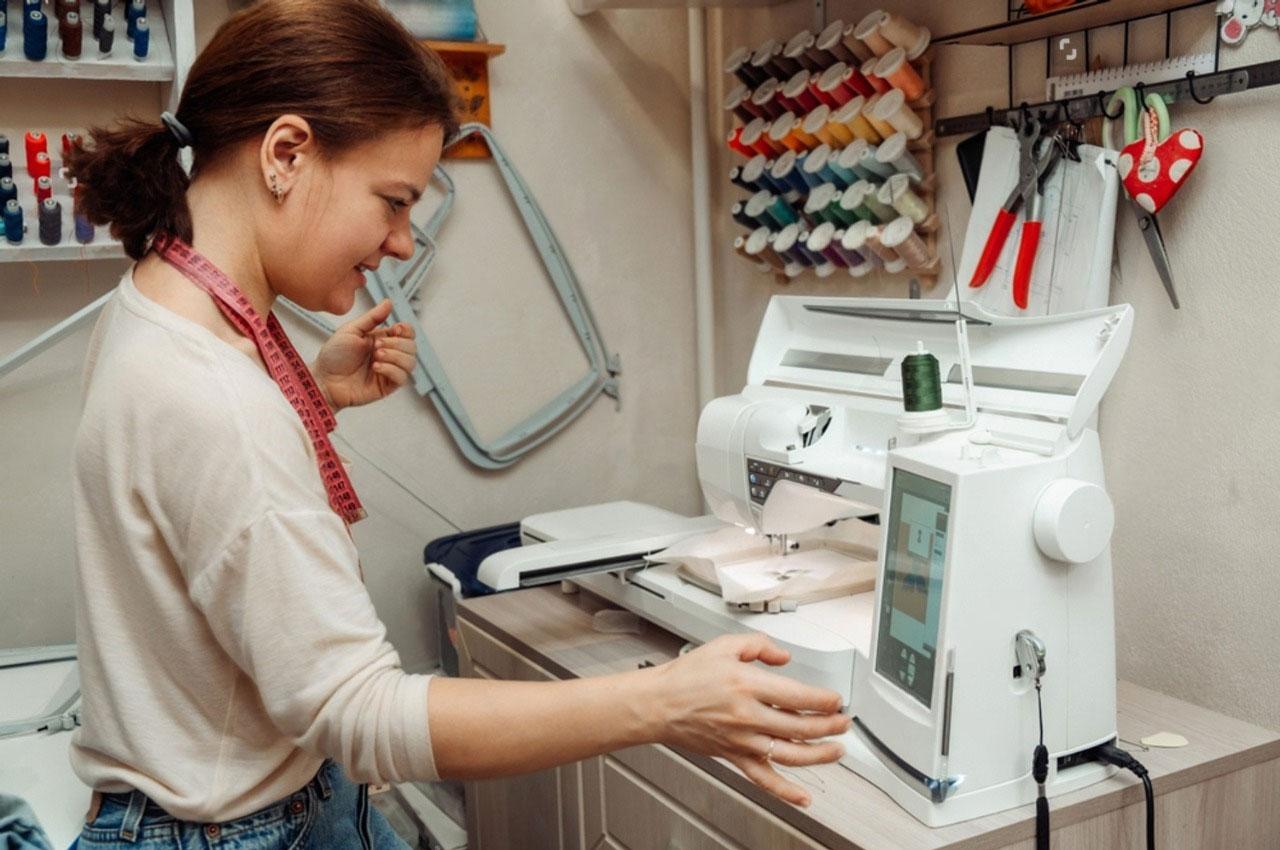Introduction
Need your company logo stitched onto uniforms or merchandise? Professional-looking embroidered logos don't happen by accident—they start with proper digitizing. While you could use professional Logo Digitizing Services, learning to convert logos yourself gives you complete control and faster turnaround times.
This guide will compare DIY methods to professional Logo Digitizing Services, showing you:
-
The exact process professionals use in top Logo Digitizing Services
-
Best software options vs. what Logo Digitizing Services use
-
Crucial settings that Logo Digitizing Services optimize for you
-
Common mistakes to avoid (whether DIY or using services)
-
When it's smarter to hire Logo Digitizing Services instead
Let's explore how to transform your logo into stitch-perfect embroidery files, whether you DIY or use professional Logo Digitizing Services.
Why Logo Digitizing Requires Special Attention
Logos present unique challenges in embroidery:
Font Integrity Issues
-
Small text becomes unreadable if not digitized properly
-
Curved letters can distort during stitching
Color Matching
-
Thread colors rarely match digital colors exactly
-
Too many color changes increase production time
Brand Consistency
-
Your logo must look identical across:
-
Different fabric types
-
Various garment styles
-
Multiple production runs
-
Step-by-Step Logo Digitizing Process
1. Artwork Preparation
Start with:
✔ Vector files (AI, EPS) for clean edges
✔ High-resolution PNG/JPG as backup
✔ Simplified version (remove tiny details under 0.3")
2. Choosing Stitch Types
| Logo Element | Recommended Stitch | Settings |
|---|---|---|
| Solid areas | Fill stitch | 0.4mm density |
| Text/Outlines | Satin stitch | 1.2mm width |
| Fine details | Running stitch | 0.8mm length |
3. Critical Adjustments
-
Pull compensation: 12-15% for curves
-
Underlay: Zigzag for stability
-
Stitch direction: Vary angles for better coverage
4. Testing and Refinement
Always:
-
Stitch on scrap fabric
-
Check for readability and shape integrity
-
Adjust density if puckering occurs
Best Software for Logo Digitizing
For Beginners ($0-$200)
-
SewArt - Simple auto-digitizing with manual tweaks
-
Embrilliance Essentials - Great for text-heavy logos
For Professionals ($300-$1,500)
-
Hatch Embroidery - Industry-standard tools
-
Wilcom TrueSizer - Advanced path optimization
Free Alternative
-
Ink/Stitch - Open-source with learning curve
5 Common Logo Digitizing Mistakes
1. Using Low-Resolution Artwork
Solution: Always start with 300+ DPI images
2. Ignoring Fabric Type
Fix: Adjust settings for:
-
Stretchy knits (lighter density)
-
Stiff fabrics (can handle more density)
3. Overcomplicating Small Text
Rule: Minimum 0.3" height for readability
4. Poor Color Planning
Tip: Limit to 6-8 thread colors maximum
5. Skipping the Test Stitch
Why: 30% of designs need adjustments after testing
When to Hire a Professional
Consider outsourcing for:
-
Important company branding
-
Complex logos with gradients
-
High-volume production
-
3D puff embroidery
Average cost: $25-$75 per logo
Pro Tips for Perfect Logo Embroidery
1. Separate Color Layers
Makes editing and color changes easier
2. Add 10% Bleed
Prevents gaps at edges after washing
3. Stitch Dark Colors First
Creates cleaner final appearance
4. Digitize at Final Size
Avoids distortion from resizing
5. Keep Original Files
For easy adjustments later
Troubleshooting Common Issues
Problem: Letters Running Together
Solution:
-
Increase spacing between characters
-
Use satin stitches instead of fills
Problem: Corners Puckering
Fix:
-
Reduce density
-
Add more underlay
Problem: Thread Breaks
Check:
-
Needle condition
-
Tension settings
-
Sharp design corners
Converting Existing Embroidery Files
Already have a logo in another format?
Best Conversion Practices:
-
Start with highest quality source file
-
Clean up artifacts in vector software
-
Redigitize rather than simply reformatting
Building a Logo Digitizing Workflow
Efficient Process:
-
Receive/Prepare Artwork
-
Set Up File (size, fabric type)
-
Assign Stitch Types
-
Adjust Key Parameters
-
Export and Test
-
Finalize and Archive
Conclusion
Digitizing logos for embroidery doesn't require magic—just the right knowledge and tools. By following these professional techniques:
✔ Your logos will stitch cleanly every time
✔ You'll avoid common quality issues
✔ You can choose when to DIY vs outsource
Start with simple designs, always test stitch, and don't hesitate to consult professionals for critical branding projects. With practice, you'll be creating embroidery-ready logo files faster than you can thread your machine.



